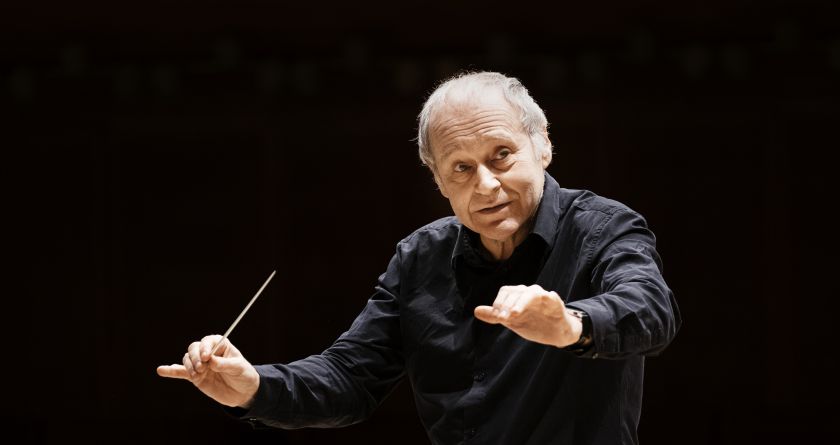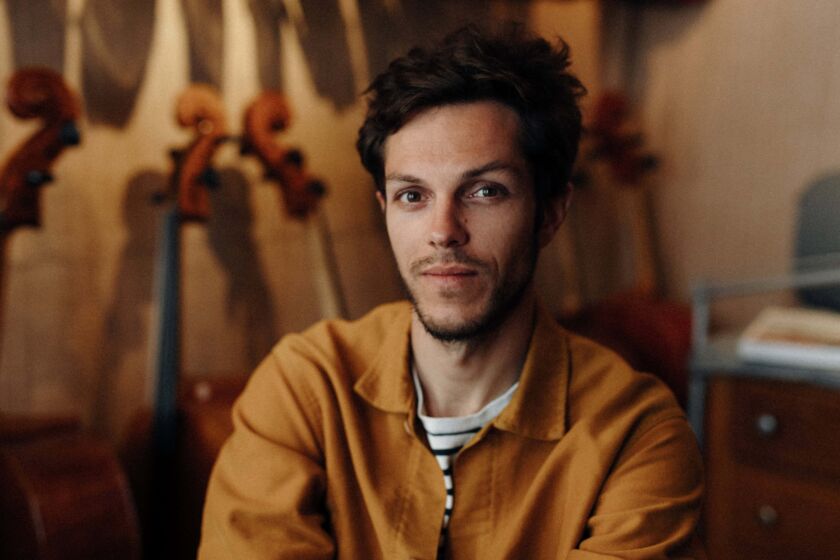Early and Unfinished Operas
The Festival expands our view of Mozart’s oeuvre with two special programme features.

The fact that Mozart wrote two dozen operas – or at least started writing them – is not a secret. When the Philips Edition appeared in 1979, already containing 14 operas – including Bastien und Bastienne, La finta semplice, Die Gärtnerin aus Liebe, Thamos and Zaide – even Mozart lovers without academic ambitions noticed that there was a lot to marvel at, apart from the seven familiar stage works. In 1991, the even more comprehensive “Complete Mozart Edition” followed – and here it was Salzburg in particular that filled many discographic gaps. Leopold Hager and the Mozarteum Orchestra recorded Apollo et Hyacinthus, Mitridate, Ascanio, Scipione, Lucio Silla, La finta giardiniera (the newly-discovered Italian version of Die Gärtnerin) and Il re pastore. These were flanked by the unfinished Die Gans von Kairo and the pasticcio Die Schuldigkeit des ersten Gebots, to which the 11-year-old composer contributed the first act. If one counts Der Stein der Weisen (to which Mozart contributed significantly less) and both versions of Die Gärtnerin, it is exactly two dozen operas. In 2006, for the 250th birthday of the city’s most famous son, the Salzburg Festival focused on Mozart’s multitude of stage works, staging and filming every single one of Mozart’s operas as part of the project “M22”. This year, the unknown Mozart will once again occupy creative space: in the semi-staged production of Mitridate, re di Ponto, conducted by Adam Fischer, and the Mozart mélange Zaide oder Der Weg des Lichts conceived and led by Raphaël Pichon.

In his prime. In contrast to Mitridate, an early work by a 14-year-old teenager on the cusp of mastery, the works Pichon unites in his Mozartian mosaic – in addition to the unfinished singspiel Zaide, it includes Davide penitente and Thamos – show Mozart in his prime. The composer from Salzburg was 23 when he began setting J. A. Schachtner’s libretto for Zaide in the fall of 1779 – on spec and without a commission. Perhaps he had the travelling troupes of Böhm or Schikaneder in mind, who performed at the Ballhaus on Hannibalplatz (today’s Makartplatz). Presumably, however, Mozart, who had always been surrounded by his parents so far, had already cast his eye upon Vienna – after all, Joseph II was planning to found a “Deutsche Operngesellschaft,” or German Opera Society. Placing a successful opera there would have meant at least a foot in the door of Vienna’s music world. He had written about 75 minutes of music – omitting the overture, which he always composed last – when a far more attractive offer – guaranteed and paid for – came along: writing Idomeneo for Munich. Zaide disappeared in a drawer and was never revived – but the subject of captive ladies to be saved from Turkish sultans would soon crop up again. Since Vienna (as he wrote to his father in Salzburg, having finally managed to run away to the capital) “prefers seeing comical pieces”, this new take on the subject was not a tragic one. Die Entführung aus dem Serail was to be his first Viennese opera success.
The extent to which Mozart developed and sharpened his profile as a musical dramatist between 1770 and 1779 can be appreciated in the excerpts from Thamos, Mozart’s only incidental music for a play. These choruses and entr’actes mark the beginning of a tradition continuing with Beethoven and Mendelssohn, all the way to Sibelius. Not only the subject, the exotic world of Heliopolis, is reminiscent of his most famous singspiel. The music also sounds like a mix of Handel and a proto-Magic Flute. The fact that Mozart kept tinkering with this work for almost ten years, in Salzburg and later in Vienna, shows that the music was dear to his heart.
In Mozart’s Mitridate, however, we do not hear “the late Mozart within the early” or “the famous one in the unknown”. Rather, we hear how the rigidly structured world of Italian opera seria sounds when a young Mozart takes it on. The right comparison is not with Don Giovanni, but with Mysliveček’s Il Bellerofonte, Paisiello’s Lucio Papirio dittatore and Jommelli’s Fetonte. What is immediately astounding, despite all the typical building blocks used in the composition, is the virtuosity of the arias and the astonishing dramatic maturity of this 14-year-old. No wonder that the piece became an early triumph for the child prodigy in Milan. In the hands of Birgit Kajtna-Wönig and Adam Fischer, Mitridate becomes a plea for the “unknown Mozart” – not as marginalia, but as a key to his work. Both evenings thus illuminate a Mozart who was not only a finished genius, but had to find his way there – with all the experiments and ruptures that required.
Text: Jens F. Laurso
Translation: Alexa Nieschlag
First published on 31.05.2025 in Die Presse Kultur Spezial: Salzburger Festspiele
